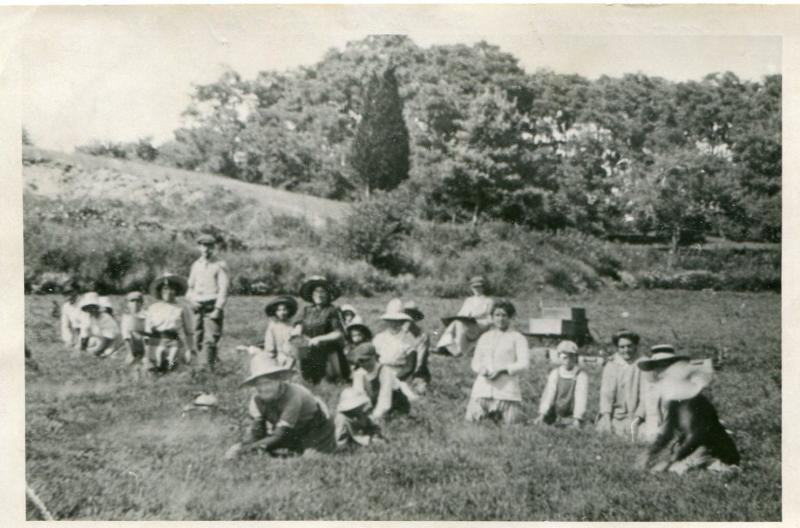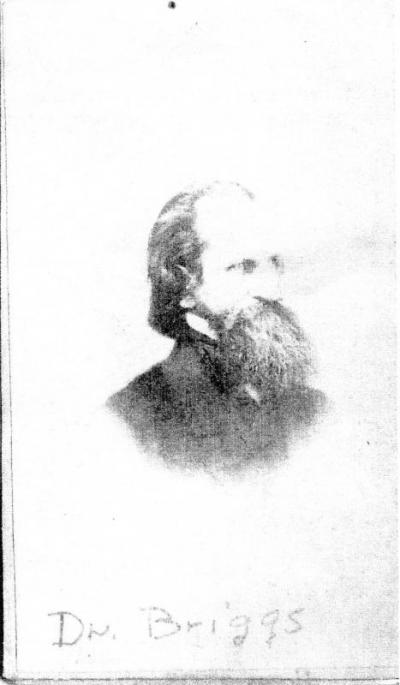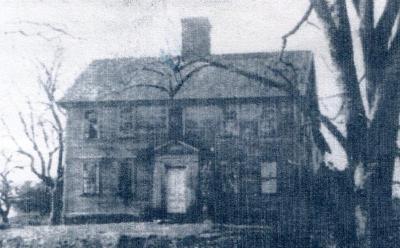From the files of the Rochester Historical Society: Cranberry growing history
Sep 28, 2020
The writer of this piece, Connie Eshbach, is the vice president of the Rochester Historical Society. This is part of a series of Rochester history briefs.
Long before Rochester proprietors began to develop "the lands at Sippican", blueberries, Concord grapes, and cranberries grew wild in our area and today these three are the only native fruits to be cultivated and commercially grown here.
Native Americans were harvesting wild cranberries long before the area settlers arrived. They crushed the berries and added them to dry deer meat and melted fat to create pemmican, an early version of today's energy bars. They also used cranberries to treat wounds and as dyes to color rugs and blankets.
The pilgrims get credit for naming the cranberry, calling it a “craneberry” because its flower reminded them of the bill of a sandhill crane. For a time, early settlers disdained the cranberry because of its tartness, but by 1683, they had learned to add sugar to make cranberry juice.
Rochester has always had cranberry bogs. In 2017, there were 1,205.69 acres of actual bog land in town. However prior to the mid-19th century, any harvested berries came from natural bogs. It's interesting to note that Rochester has always had all the ingredients needed for cranberries to flourish. These include acidic peat soil along with plenty of sand, gravel, and water (though this year we've been short on the water), as well as a growing season from April through November followed by cold weather.
Dr. Caleb Briggs was a prominent in the lore of Rochester’s history with cranberry bogs. In 1867, he joined with a group of local men to create the Rochester cranberry industry.
Though Dr. Briggs spent most of his adult life in Ohio, he moved to Rochester at the age of 57 and spent the rest of his life in a home in North Rochester near the town pound on Snipatuit Road.
By 1882, two years before Briggs' death, the cranberry industry in Rochester had grown to include not only bogs owned by Jarvis and Thomas Ellis where they cultivated berries, but also the Braley and Bennet, Rochester, and North Rochester cranberry companies. When Briggs died at the age of 74, he was known as “the father of the Rochester cranberry industry."















